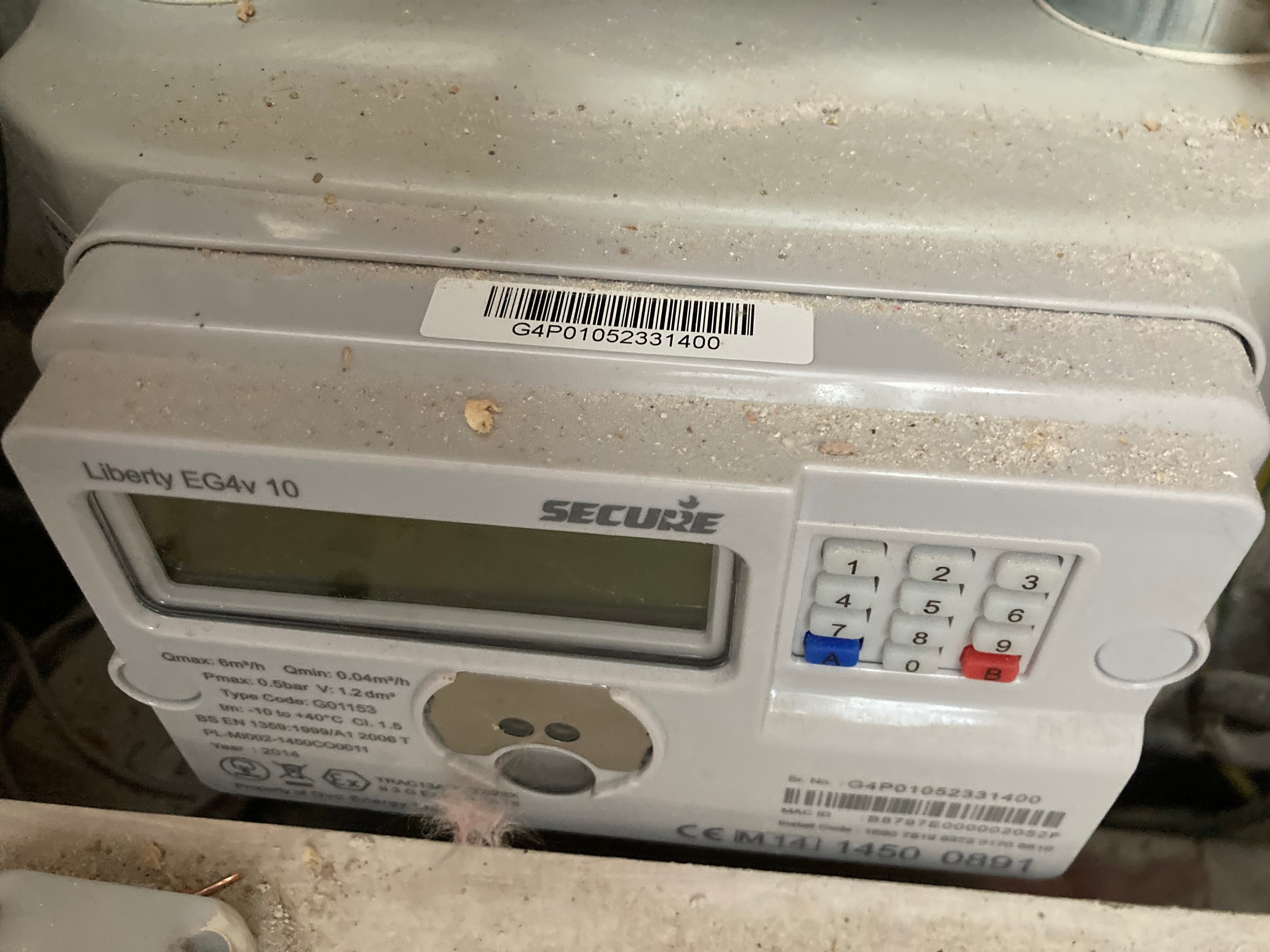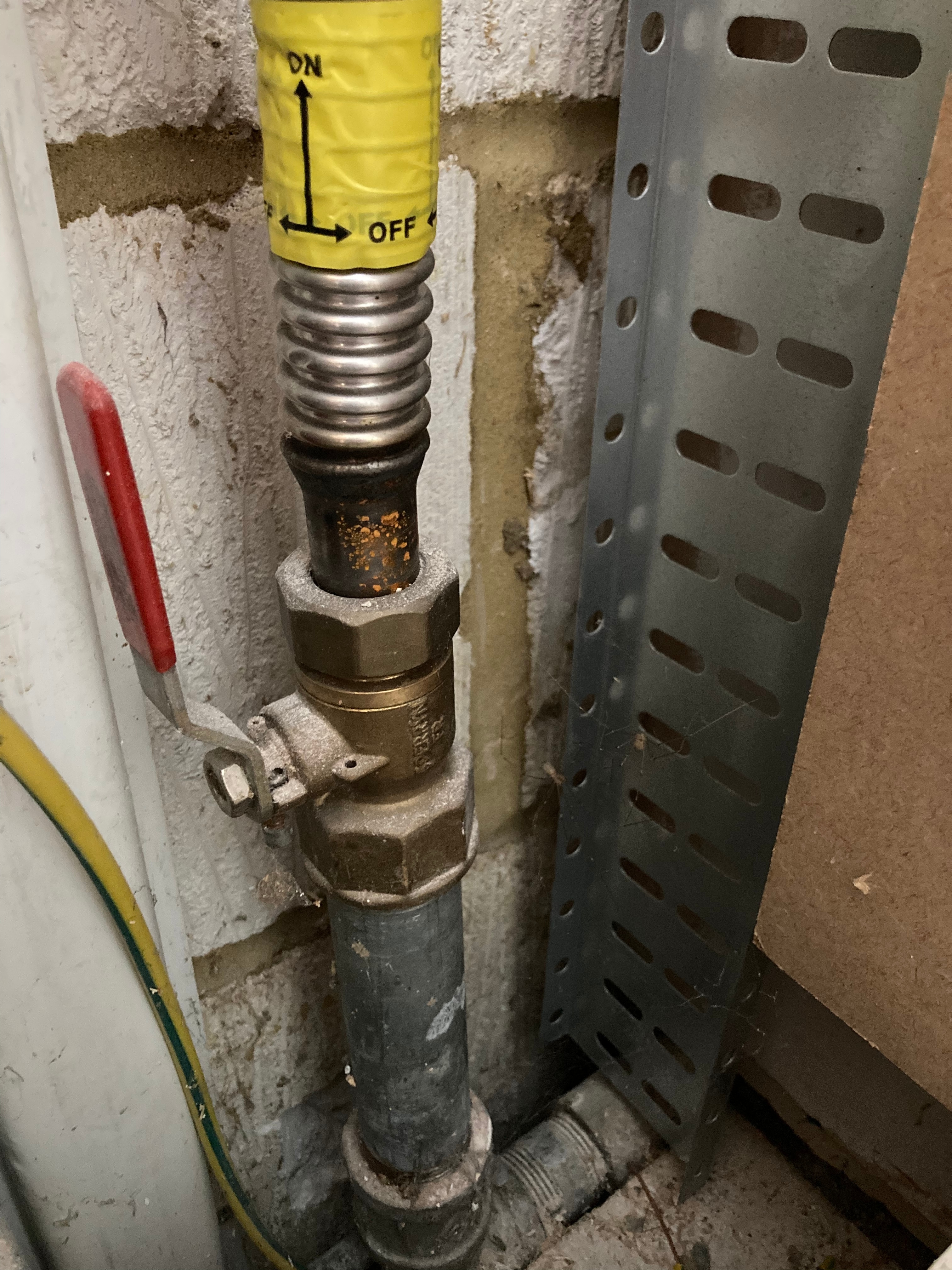Updated on 09/09/25 by Abby_OVO
Great question this one, @bonjourpaul - and one that’s not been covered in depth here before.
It sounds like you’ve already done some research as you’re nearly spot on in terms of the capacity of a standard gas supply. The standard gas meters (also known as G4/U6 meters) have a maximum output of 64.6 kWh, in order to confirm that your current supply will need an upgrade you’ll need a gas safe engineer to calculate your ‘Service Pipe Energy Value’ (SPEV) in kWh which covers the total amount of gas used by all appliances (or planned appliances) in your home. If the standard gas meter isn’t going to be able to supply enough to fire up all the planned appliances, you’ll need to upgrade to a G10/U16 gas meter. These ones have a maximum capacity of 172.3 kWh.
How does a U16 upgrade work?
It’s a bit of a long process as we’re not the ones that need to be involved. To summarise, the process for upgrading to U16 is:
- We send the SPEV information (the max load capacity required by your home) to your gas transporter, via a GT1 form
- The transporter perform a service upgrade to the incoming pipework if necessary
- You may need to have a new meter box (kiosk) fitted (the U16 meters are larger than standard meters and might not fit in your current meter box)
- National Grid Metering will replace the meter for free for a U16 meter (there might be a site-survey cost to pay - see more here)
- You’ll need to organise a gas-safe engineer to connect up the pipework afterwards
Hope this helps outline the steps which need to be taken. Have you already had the ‘SPEV’ confirmed?
My next question is - how would I know if my current pipe would take this larger meter / cubic delivery ?
This is something we’d have to check with your local gas transporter once you’ve had a gas safe engineer confirm your ‘Service Pipe Energy Value’ (SPEV).
If you’ve already got this figure calculated it’s worth contacting the Support Team who’ll guide you through the next steps of the upgrade process.
Let us know how it goes and if you’ve got any more queries along the way. 
















